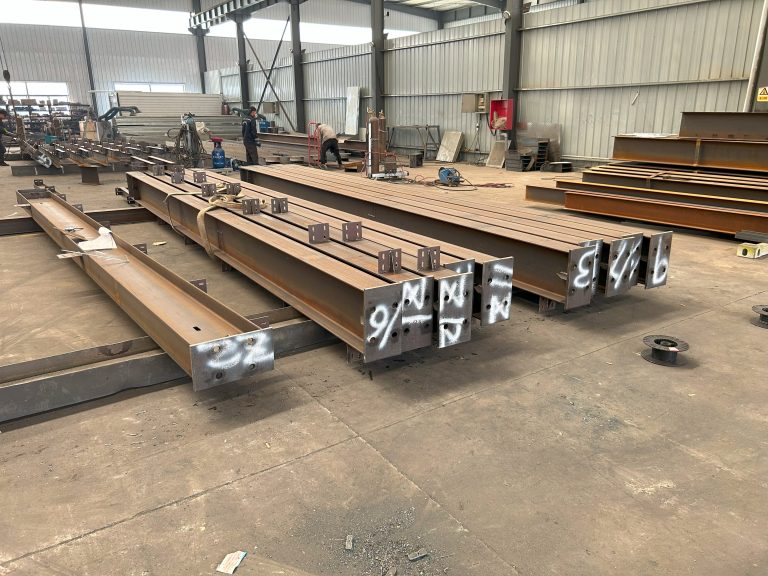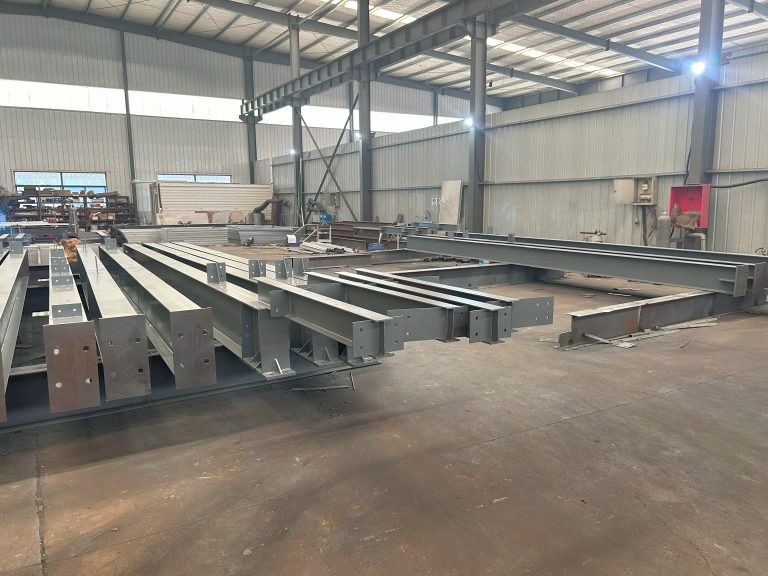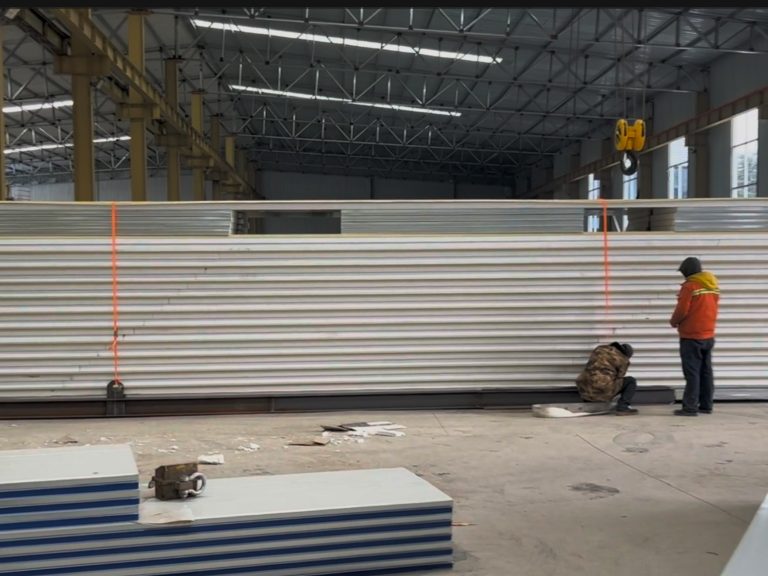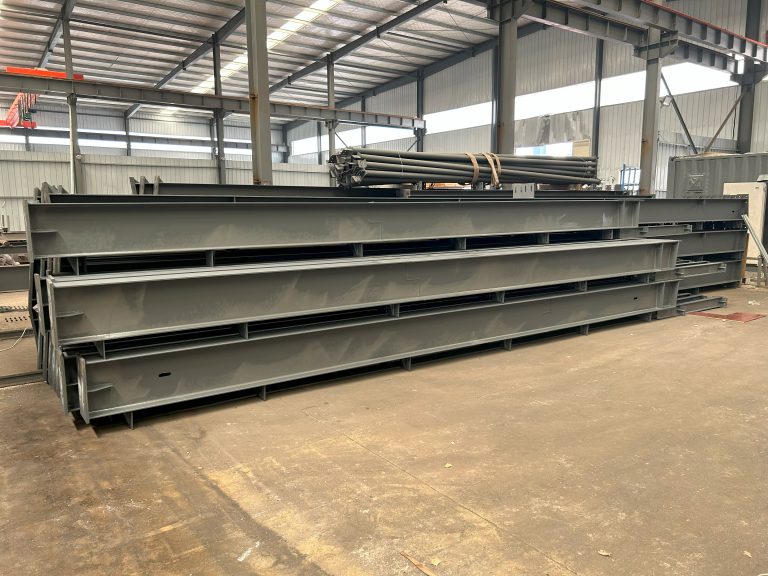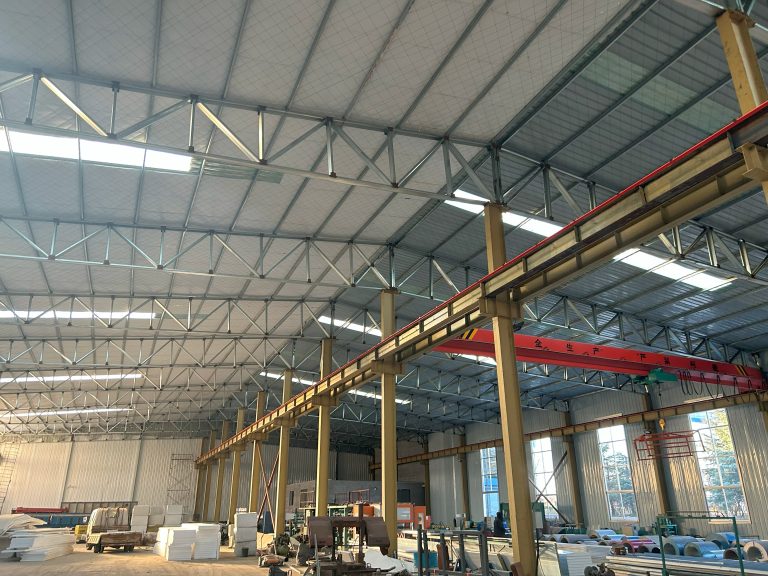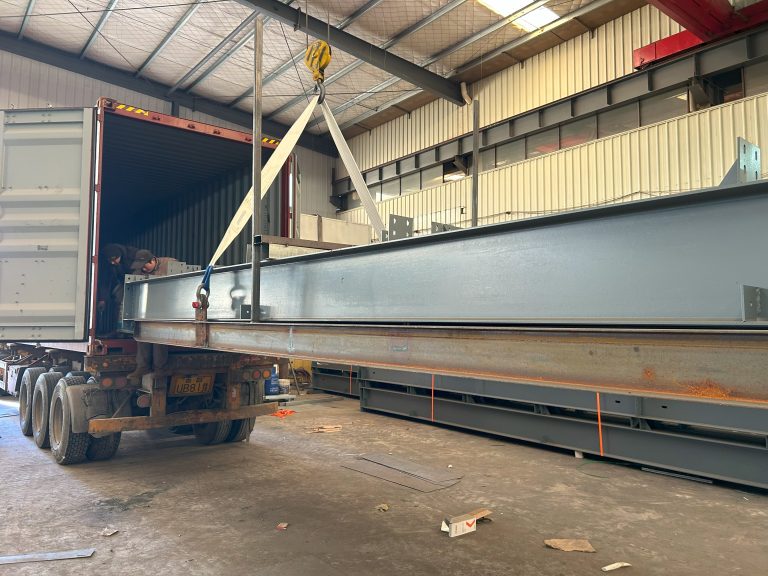Prefab Building Modular Design Benefits
Table of Contents
Cost-Effectiveness of Prefab Building Modular Design
Prefab building modular design offers a wide range of benefits, one of the most significant being its cost-effectiveness. The modular construction process involves the fabrication of building components in a factory setting, which can lead to significant cost savings compared to traditional construction methods. This is due to several factors that contribute to reducing overall project costs.
One of the main reasons why prefab building modular design is cost-effective is the efficiency of the manufacturing process. Building components are produced in a controlled environment, which allows for greater precision and quality control. This results in fewer errors and rework, saving both time and money during the construction process. Additionally, the use of standardized components in modular construction can help streamline the production process, further reducing costs.
Another key factor that contributes to the cost-effectiveness of prefab building modular design is the speed of construction. Since building components are fabricated off-site, construction can proceed concurrently with site preparation. This can significantly reduce the overall construction timeline, leading to cost savings in terms of labor and financing costs. Additionally, the predictability of the modular construction process can help minimize delays and unexpected expenses, further contributing to cost-effectiveness.
In addition to the efficiency of the manufacturing process and the speed of construction, prefab building modular design can also offer cost savings in terms of material waste. Since building components are fabricated to precise specifications, there is less material waste compared to traditional construction methods. This can help reduce overall project costs and minimize the environmental impact of construction.
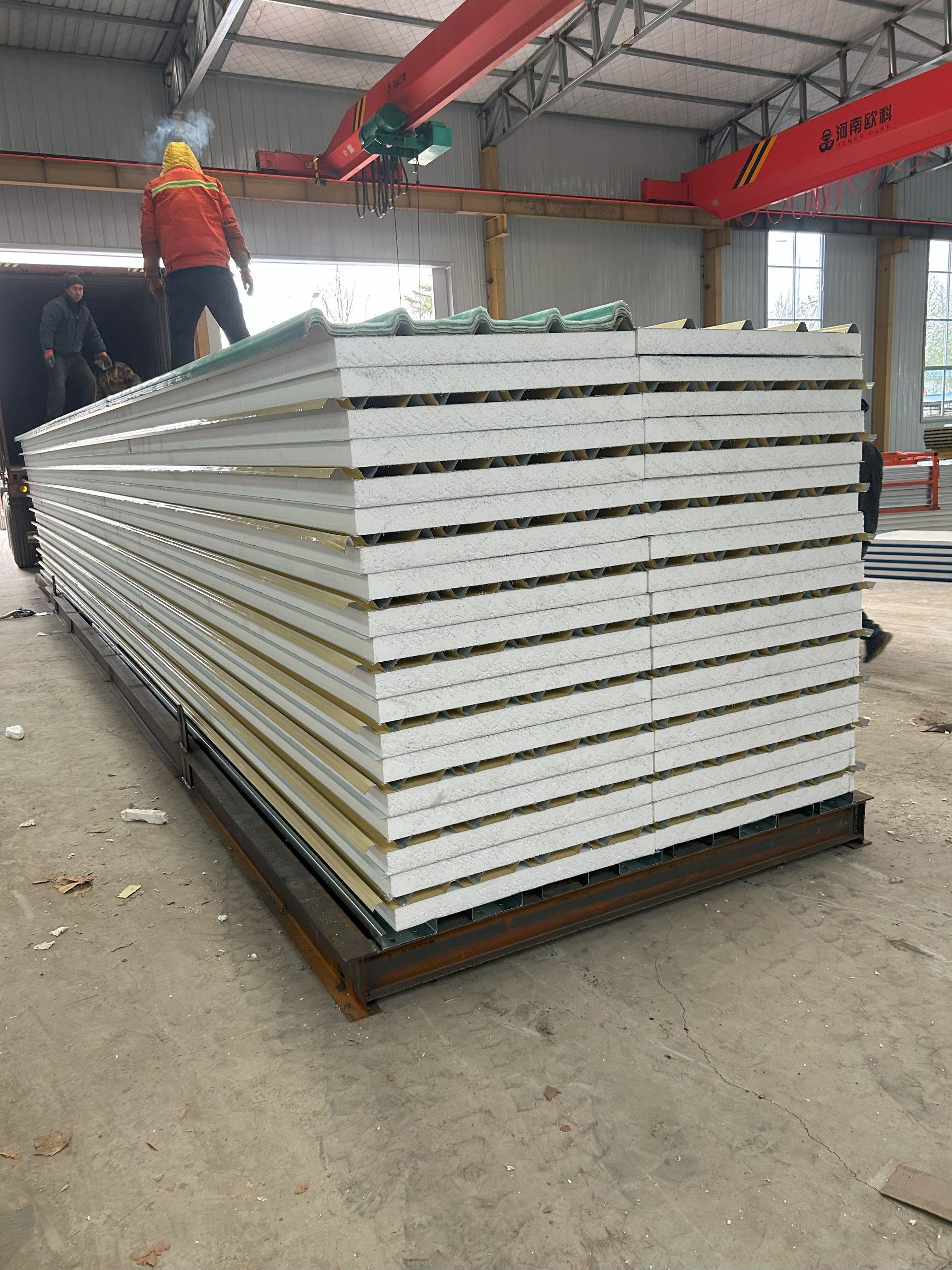
Furthermore, the cost-effectiveness of prefab building modular design extends beyond the construction phase. Modular buildings are designed to be easily disassembled and relocated, making them a flexible and sustainable option for future use. This can help reduce long-term costs associated with building maintenance and renovations, as well as provide opportunities for cost savings through reconfiguration and expansion.
Overall, the cost-effectiveness of prefab building modular design makes it an attractive option for a wide range of construction projects. Whether it’s a residential home, commercial building, or institutional facility, the efficiency, speed, and sustainability of modular construction can help reduce overall project costs and deliver high-quality results. By taking advantage of the benefits of prefab building modular design, developers and builders can achieve cost savings while also meeting their project goals and objectives.
Sustainability Benefits of Prefab Building Modular Design
Prefab building modular design offers a wide range of benefits, particularly in terms of sustainability. These benefits make prefab buildings an attractive option for those looking to reduce their environmental impact and create more sustainable structures. In this article, we will explore some of the key sustainability benefits of prefab building modular design.
One of the primary sustainability benefits of prefab building modular design is the reduced waste that is generated during the construction process. Because prefab buildings are constructed off-site in a controlled environment, materials can be more efficiently used and managed. This results in less waste being generated during the construction process, which is a significant benefit for the environment.
Additionally, prefab building modular design often incorporates sustainable materials and construction practices. Many prefab buildings are constructed using environmentally friendly materials, such as recycled steel and wood, as well as energy-efficient insulation and windows. These materials not only reduce the environmental impact of the building but also contribute to a healthier indoor environment for occupants.
Another key sustainability benefit of prefab building modular design is the energy efficiency of these structures. Prefab buildings are often designed with energy efficiency in mind, incorporating features such as passive solar design, high-performance insulation, and energy-efficient heating and cooling systems. This results in lower energy consumption and reduced greenhouse gas emissions, making prefab buildings a more sustainable option for those looking to reduce their carbon footprint.
In addition to energy efficiency, prefab building modular design also offers opportunities for renewable energy integration. Many prefab buildings are designed to easily incorporate solar panels, wind turbines, and other renewable energy systems. This allows building owners to generate their own clean energy on-site, further reducing their reliance on fossil fuels and lowering their environmental impact.
Prefab building modular design also offers benefits in terms of water conservation. Many prefab buildings are designed with water-efficient fixtures and systems, such as low-flow toilets and rainwater harvesting systems. These features help to reduce water consumption and minimize the strain on local water resources, making prefab buildings a more sustainable option for those looking to conserve water.
Overall, prefab building modular design offers a range of sustainability benefits that make it an attractive option for those looking to reduce their environmental impact. From reduced waste generation to energy efficiency and renewable energy integration, prefab buildings offer a more sustainable alternative to traditional construction methods. By choosing prefab building modular design, individuals and organizations can create structures that are not only environmentally friendly but also cost-effective and efficient.

